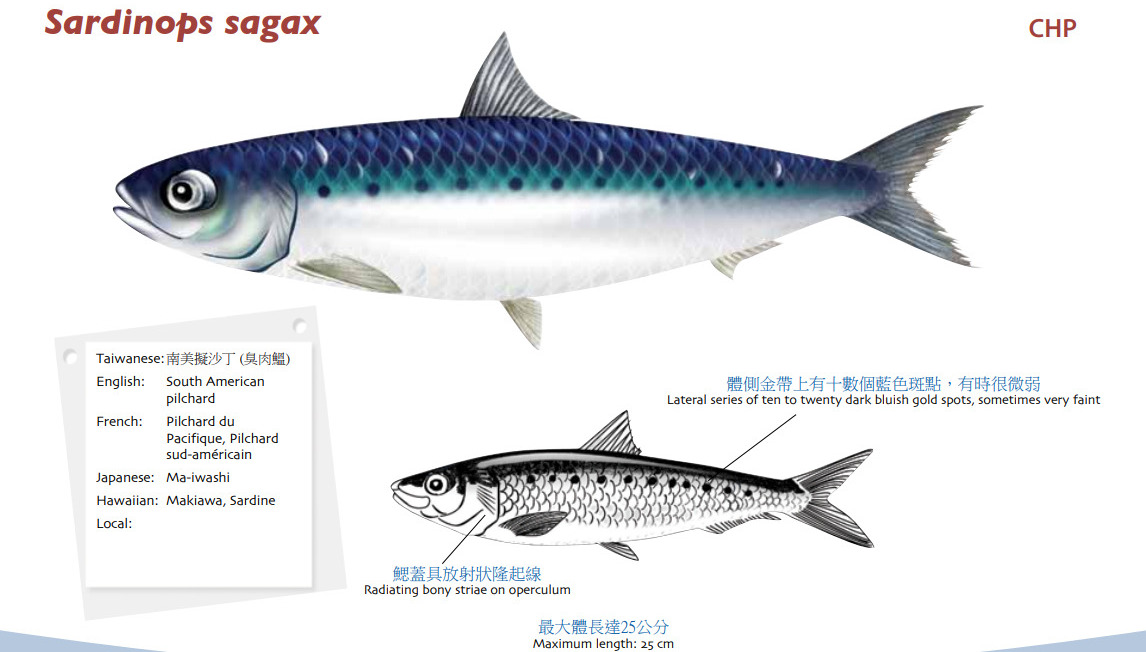Sardines (Sardina, Sardinops and Sardinella genera) are a type of fish that are widely distributed around the world, known for their large populations, rich nutritional value and economic importance. However, many people have questions about the living environment of sardines: Is sardine a freshwater fish or a marine fish? This article will discuss in depth the biological characteristics, living habits, ecological distribution and adaptability of sardines to the environment.

Sardines belong to the Clupeiformes family (Clupeidae) and are typical marine fish, mainly including the following types:
European Sardines (Sardina pilchardus)
Pacific Sardines (Sardinops sagax)
South American Sardines (Sardinops neopilchardus)
Indian Sardinella (Sardinella longiceps)
Round Sardinella (Sardinella aurita)
Although different species of sardines live in different waters, their ecological habits are very similar, and they are all typical migratory marine fish.
Small in size, usually about 15-30 cm in length, and adult fish can reach a maximum of 40 cm.
The body is silvery and has a streamlined shape to reduce water resistance and improve swimming efficiency.
Sardines are schooling fish, with thousands of sardines forming huge schools to defend against predators together.
They mainly feed on plankton, microcrustaceans and phytoplankton.
Sardines are a marine fish that spends its entire life cycle in the ocean. Unlike freshwater fish, sardines rely on a higher salinity environment to maintain osmotic balance in their bodies.
Sardines usually live in shallow waters near the coast or continental shelf, and prefer warm, nutrient-rich upper seawater, often found in areas with a depth of 10-50 meters.
Sardines are strongly migratory fish and will migrate on a large scale as water temperature and food supply change. For example:
European sardines migrate from the North Sea to the Atlantic coast, and are adapted to water temperatures of 10-22℃.
Pacific sardines breed in large numbers along the coast of California and in the waters of Peru, migrating for thousands of kilometers.
The key difference between freshwater fish and marine fish lies in their osmoregulation mechanism. The salinity of seawater is about 35‰ (thirty-five thousandths), while the salinity of freshwater is usually less than 0.5‰.
The salt concentration in marine fish is lower than that in the surrounding environment, so they need to constantly excrete excess salt and maintain fluid balance by taking in seawater. Sardines mainly rely on:
Salt cells in the gills to actively excrete excess salt.
Kidney function to reduce water loss and excrete high-salinity urine.
If sardines are placed in a freshwater environment, their cells will absorb excessive water due to osmotic imbalance, causing cell swelling or even death. Therefore, sardines cannot survive in freshwater for a long time.
Although sardines are typical marine fish, in some cases, they may temporarily enter river mouths or brackish water areas with lower salinity (such as mangroves and river estuaries).
For example:
During the spawning season, some sardine species move to the margin of freshwater and saltwater to adapt to the warmer, more oxygen-rich environment.
Due to global climate change, changes in salinity in some coastal waters may affect the range of sardines.
However, sardines cannot survive in pure freshwater environments for long periods of time because their physiological mechanisms cannot adapt to low-salinity conditions.
Sardines are a key link in the marine food chain and play a connecting role in the ecosystem:
Feeds on plankton and controls the number of plankton.
Provides an important food source for large predators such as dolphins, sharks, seabirds, tuna, swordfish, etc.
Large-scale fishing of sardines has a profound impact on the ecological balance of the ocean, so many regions around the world implement fishery management policies to maintain its population.
Sardines are an important economic fish in the world and are widely used in:
Food processing (canned sardines, dried products, etc.).
Fish meal and fish oil (for animal feed and dietary supplements).
Sea fishing bait (due to its high oil content, it is often used to catch large marine fish).
In summary, sardines are pure marine fish, and their entire life cycle depends on the marine environment. They survive in seawater through a special osmotic adjustment mechanism and cannot adapt to freshwater environments for a long time. Although some individuals may enter low-salinity waters for a short time, the main habitat of sardines is still the ocean.
Sardines are marine fish and cannot survive in freshwater for a long time.
Mainly distributed in warm, coastal shallow waters, preferring water temperatures of 10-22℃.
It relies on gill salt cells to regulate osmotic pressure. It will die due to osmotic imbalance in pure fresh water.
It has strong migratory ability and can migrate long distances to find food and breeding grounds.
It plays an important role in the marine food chain and is an important food source for many aquarium/52-marine-animals.html">marine animals.
Understanding the ecological habits of sardines is not only helpful for scientific research, but also provides important reference for sustainable fishery management and marine ecological protection.
animal tags: sardines
We created this article in conjunction with AI technology, then made sure it was fact-checked and edited by a Animals Top editor.